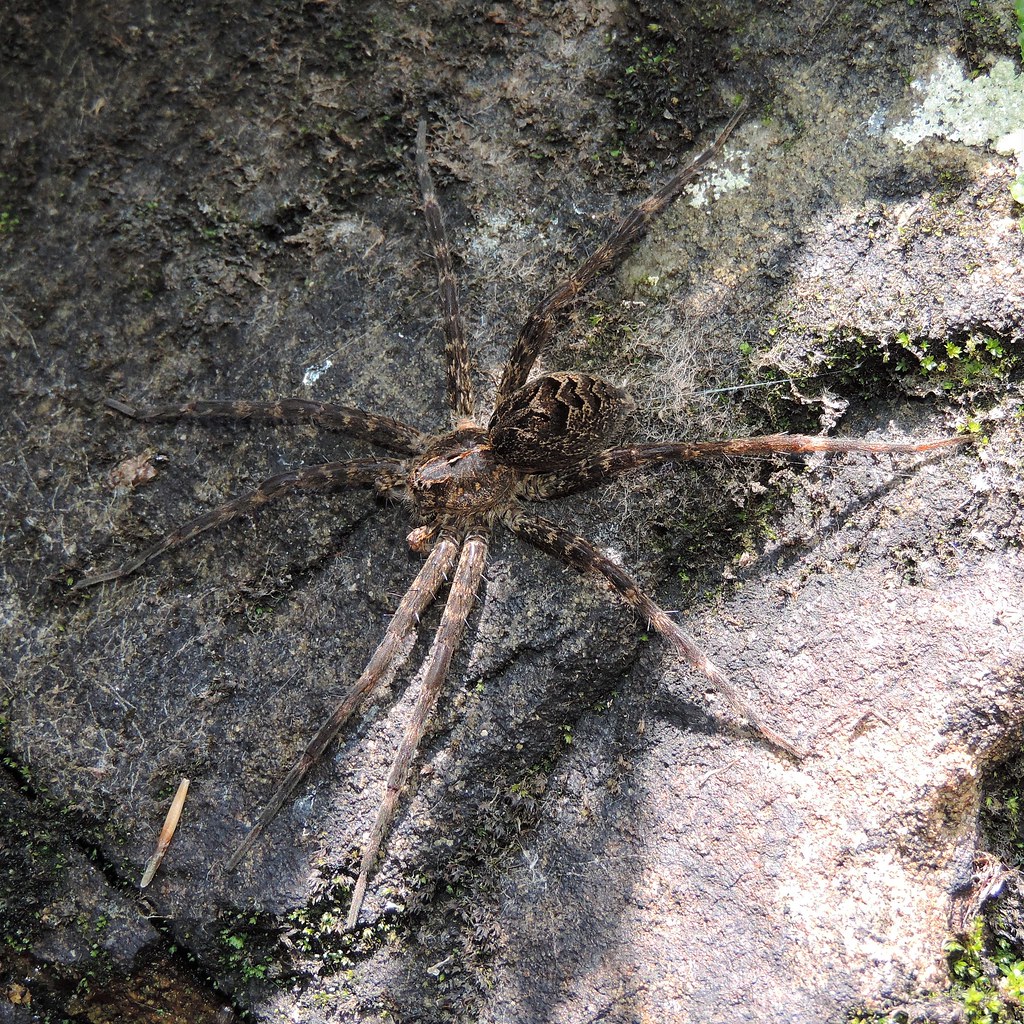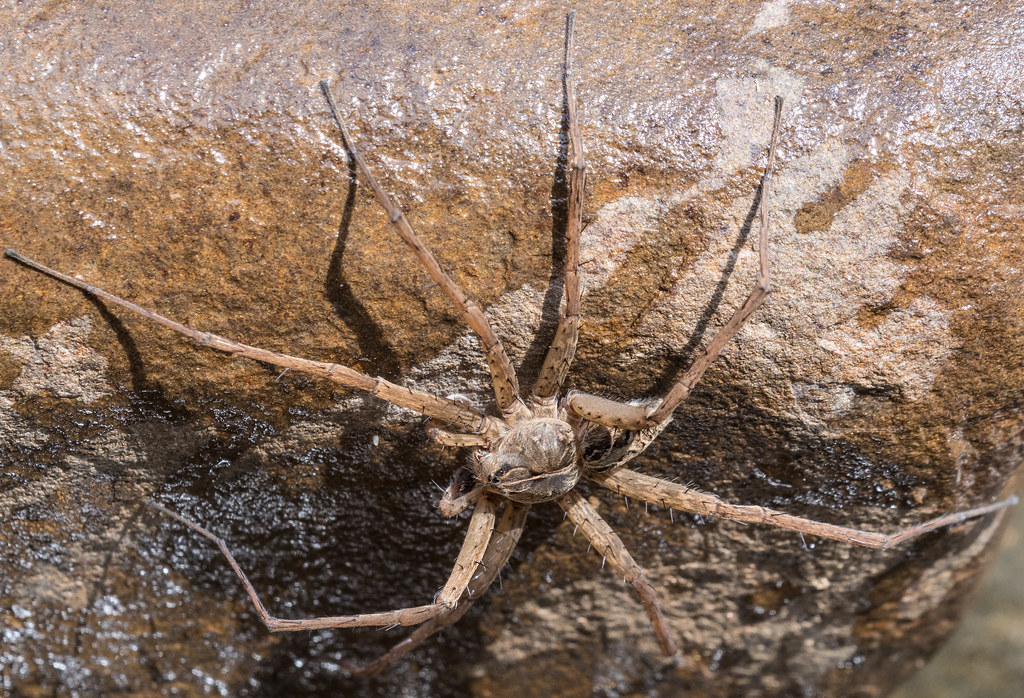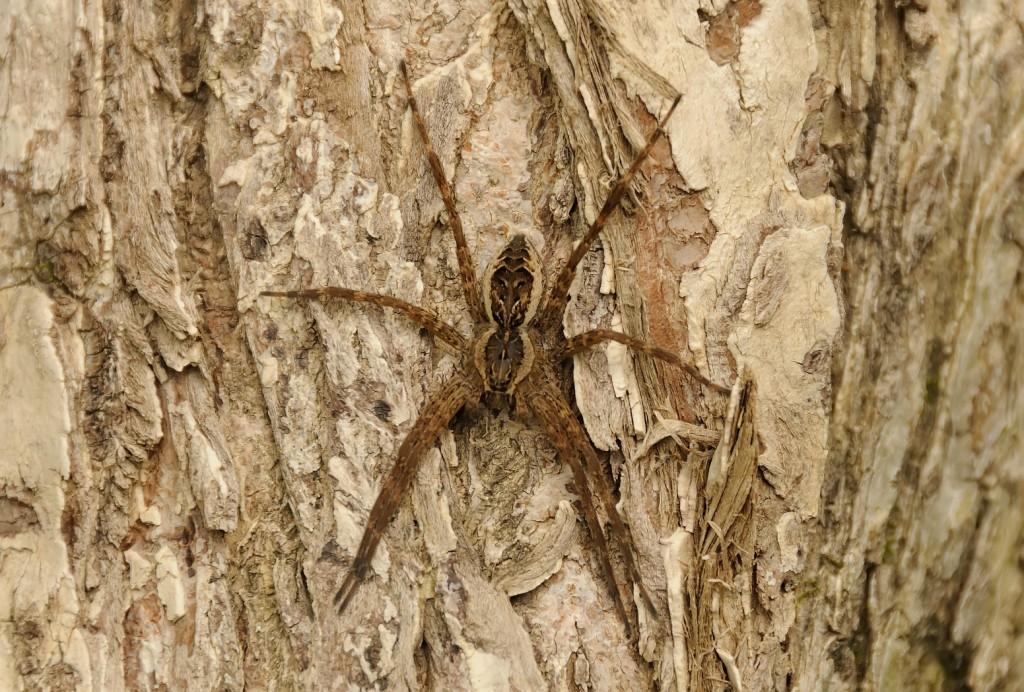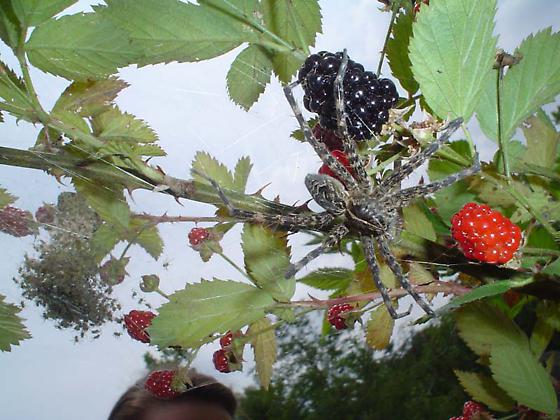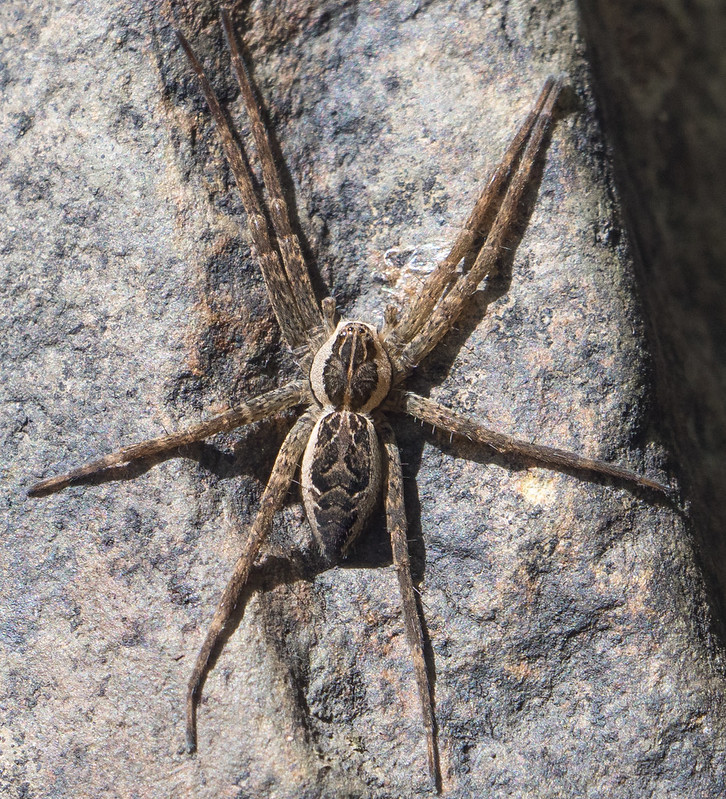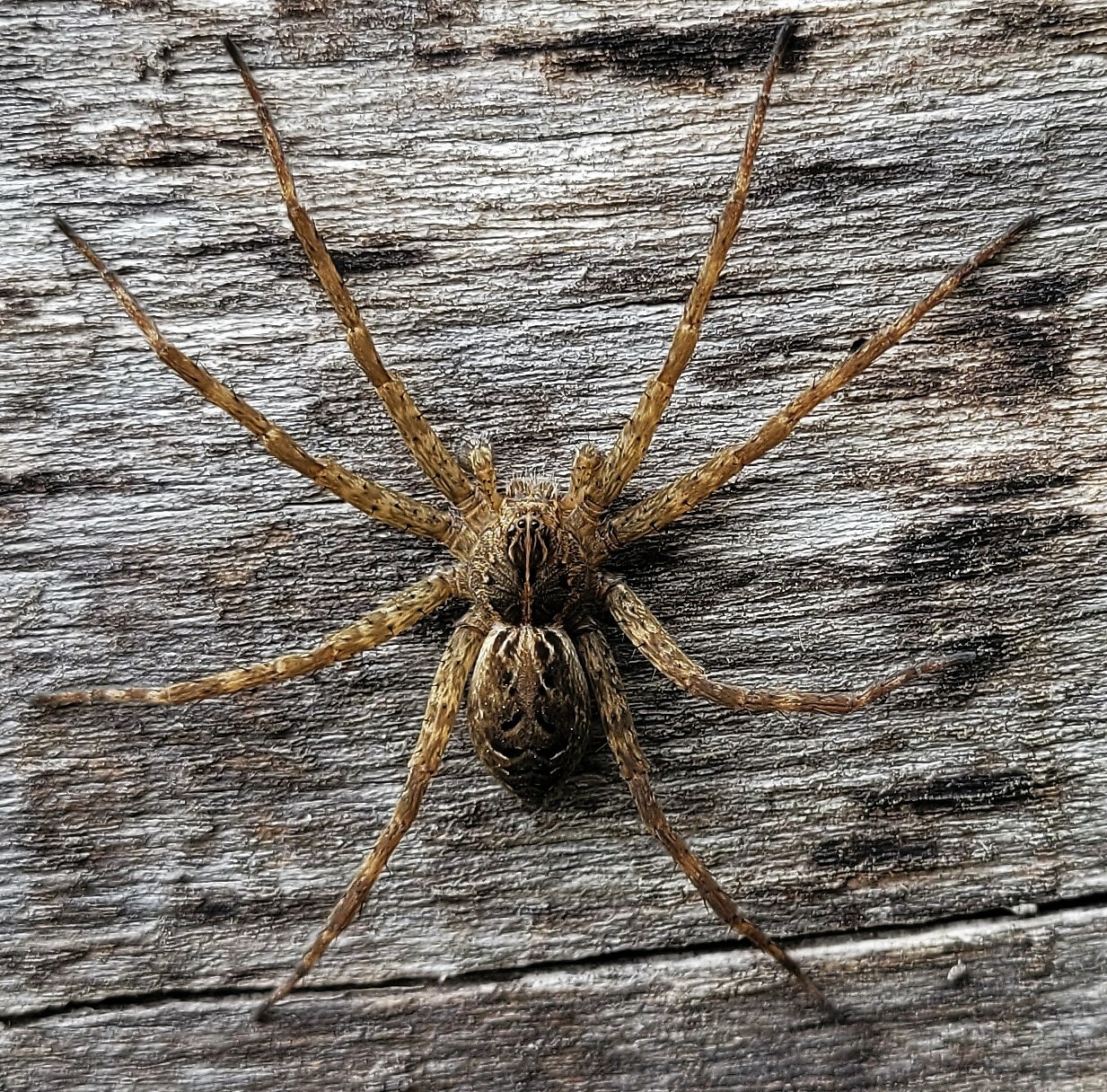Map Snapshot















65 Records
Seasonality Snapshot
Use of media featured on Maryland Biodiversity Project is only permitted with express permission of the photographer.
A Dolomedes scriptus in Garrett Co., Maryland (8/14/2019). Determined by Chad Heins/BugGuide.
View Record Details
Media by
Emilio Concari.
A Dolomedes scriptus in Allegany Co., Maryland (7/6/2019). Determined by Chad Heins/BugGuide.
View Record Details
Media by
Jim Moore.
A fishing spider, Dolomedes scriptus, at Town Creek, Maryland (5/21/2010).
Media by
Richard Orr.
A Dolomedes scriptus in Montgomery Co., Maryland (9/30/2005).
Media by
Ashley Bradford.
A Dolomedes scriptus in Anne Arundel Co., Maryland (6/6/2015).
View Record Details
Media by
Richard Orr.
A Dolomedes scriptus in Garrett Co., Maryland (8/30/2020).
View Record Details
Media by
Jim Moore.
Dolomedes scriptus in Baltimore City, Maryland (4/16/2023). (c) Matthew Beziat, some rights reserved (CC BY-NC).
View Record Details
Media by
Matthew Beziat.
Source: Wikipedia
| Striped fishing spider | |
|---|---|

| |
| Scientific classification | |
| Domain: | Eukaryota |
| Kingdom: | Animalia |
| Phylum: | Arthropoda |
| Subphylum: | Chelicerata |
| Class: | Arachnida |
| Order: | Araneae |
| Infraorder: | Araneomorphae |
| Family: | Dolomedidae |
| Genus: | Dolomedes |
| Species: | D. scriptus
|
| Binomial name | |
| Dolomedes scriptus | |
| Synonyms[1] | |
|
D. fontanus Emerton, 1885 | |
Dolomedes scriptus is a fishing spider found in the United States and Canada,[1] known as the striped fishing spider.[2] Female spiders can grow to be over 6 cm in legspan. The spider is a pale brown colour with lighter stripes around its legs and a stripe down each side of the body. It is similar to D. tenebrosus.
References
[edit]- ^ a b c "Taxon details Dolomedes scriptus Hentz, 1845". World Spider Catalog. Natural History Museum Bern. Retrieved 2017-09-13.
- ^ Weber, Larry. (2003) Spiders of the North Woods. Duluth, MN:Kollath+Stensaas, 106-107.
Further reading
[edit]- Bishop, S. C. 1924. A revision of the Pisauridae of the United States. New York St. Mus. Bull. 252: 1–140.
- Carico, J. E. 1973. The Nearctic species of the genus Dolomedes (Araneae: Pisauridae). Bull. Mus. comp. Zool. Harv. 144: 435–488.
- Carico, J. E. & P. C. Holt. 1964. A comparative study of the female copulatory apparatus of certain species in the spider genus Dolomedes (Pisauridae: Araneae). Tech. Bull. agric. Exp. Stat. Blacksburg Virg. 172: 1-27.
- Comstock, J. H. 1940. The spider book, revised and edited by W. J. Gertsch. Cornell Univ. Press, Ithaca, xi + 727 pp.
- Comstock, J. H. 1912. The spider book; a manual for the study of the spiders and their near relatives, the scorpions, pseudoscorpions, whipscorpions, harvestmen and other members of the class Arachnida, found in America north of Mexico, with analytical keys for their classification and popular accounts of their habits. Garden City, New York, pp. 1–721
- Dondale, C. D. & J. H. Redner. 1990. The insects and arachnids of Canada, Part 17. The wolf spiders, nurseryweb spiders, and lynx spiders of Canada and Alaska, Araneae: Lycosidae, Pisauridae, and Oxyopidae. Research Branch, Agriculture Canada, Publ. 1856: 1–383.
- Emerton, J. H. 1902. The common spiders of the United States. Boston, pp. 1–225.
- Emerton, J. H. 1885. New England Lycosidae. Trans. Conn. Acad. Arts Sci. 6: 481–505.
- Hentz, N. M. 1845. Descriptions and figures of the araneides of the United States. Boston J. nat. Hist. 5: 189–202.
- Kaston, B. J. 1948. Spiders of Connecticut. Bull. Conn. St. geol. nat. Hist. Surv. 70: 1–874.
- Montgomery, T. H. 1904. Descriptions of North American Araneae of the families Lycosidae and Pisauridae. Proc. Acad. nat. Sci. Philad. 56: 261–325.
- Muma, M. H. 1943. Common spiders of Maryland. Natural History Society of Maryland, Baltimore, 179 pp.
- Paquin, P. & N. Dupérré. 2003. Guide d'identification des araignées du Québec. Fabreries, Suppl. 11 1–251.
- Sierwald, P. 1989. Morphology and ontogeny of female copulatory organs in American Pisauridae, with special reference to homologous features (Arachnida: Araneae). Smithson. Contrib. Zool. 484: 1-24.
